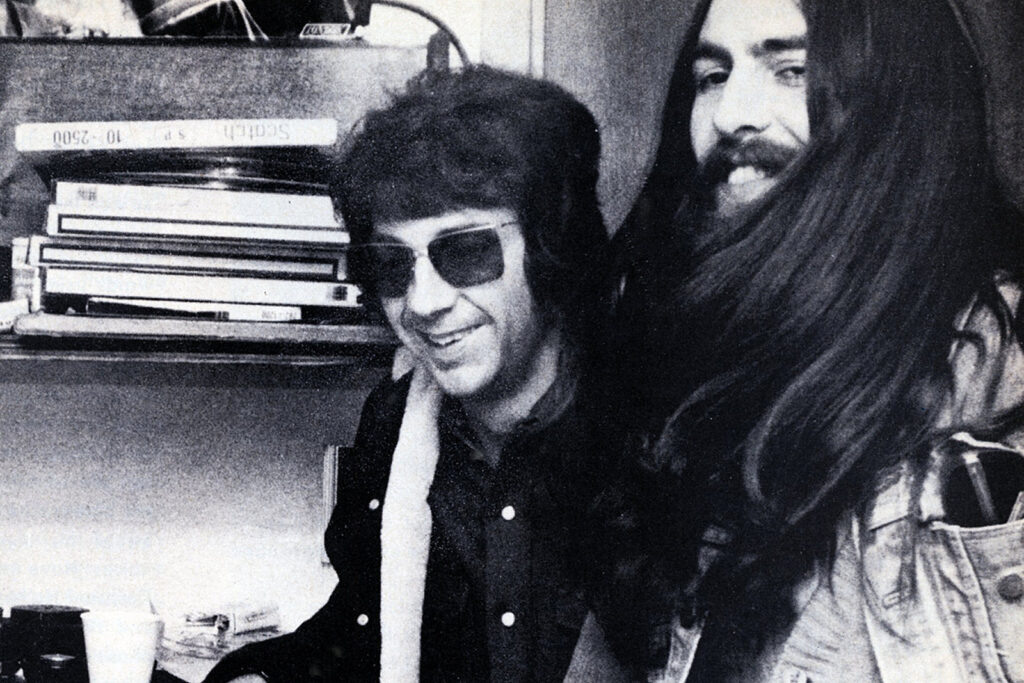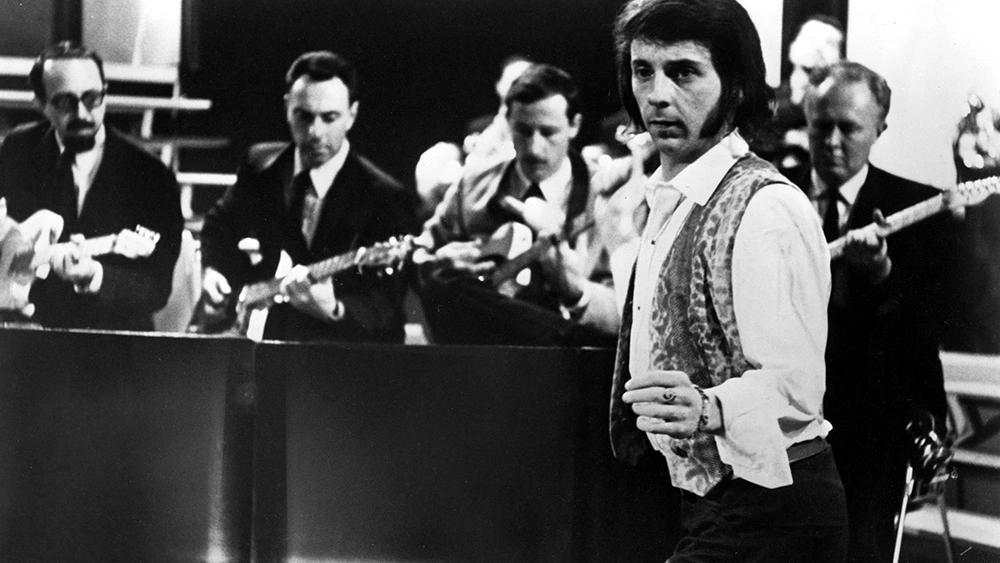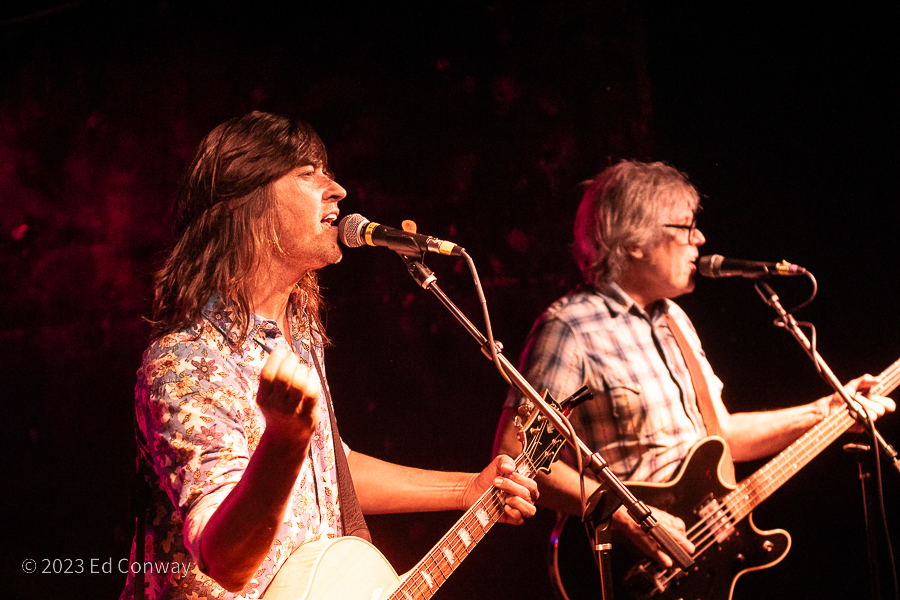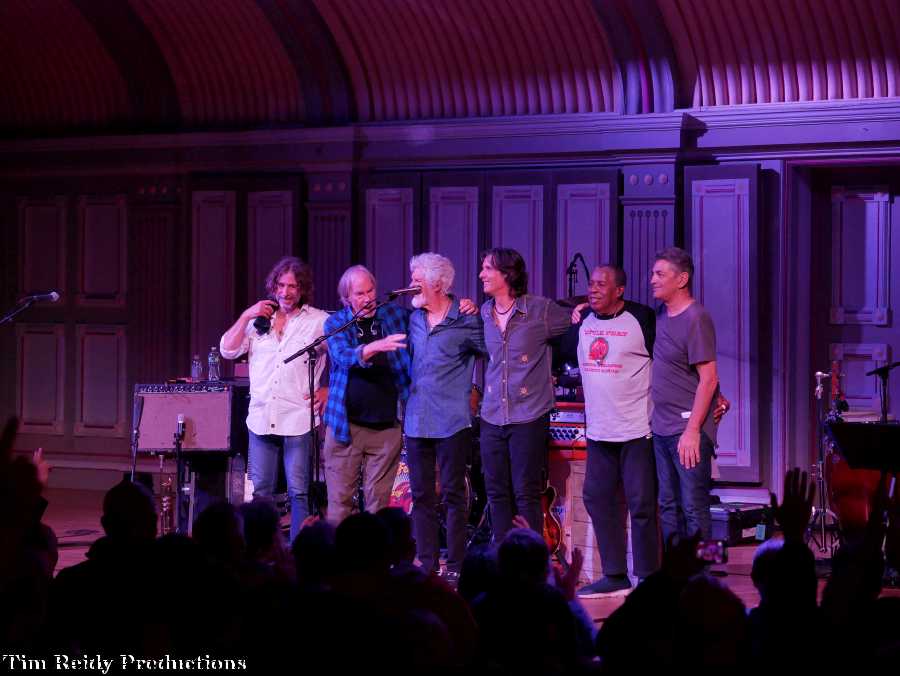Wall of Sound, Phil Spector, and the Music He Shaped
Written by Staff on April 22, 2023
Wall of Sound.
He slides the faders on the microphone covering the celesta, hoping to catch just a hair of the low note of the cello in the mix. The room through the window is cramped, and the cigarette smoke is the least noxious smell emanating from it when he opens the door to adjust the mic. He is brilliant. He has vision. He is trying to construct a wall.
Some people who hear the words “wall of sound” have a pedestrian understanding of the phrase, attributing it to what comes out of the garage door when their neighbor’s kid has band practice. But to record producer Phil Spector, a handful of musicians and a talented engineer, the “wall of sound” was the golden polish to some of our most treasured songs.

Phil Spector was a prolific songwriter and producer, having led the “girl group” sound of the 60s, and produced records for the Ronettes, the Crystals, Ike and Tina Turner, and a host of others. He racked up more than 25 Top-40 hits, and in addition to pop music, also worked with such diverse bands as the Beatles and the Ramones. In 1989, he was inducted into the Rock and Roll Hall of Fame as a non-performer. He also won a Grammy for Album of the Year for “Concert for Bangladesh,” the first charity concert by artists and predecessor to concerts to come. In addition, Spector won an Academy Award for the soundtrack to the Beatles film “Let it Be.”
Spector’s bona fides are a mile long, and it might be easy to think that he could create an entire sound on his own, but we shouldn’t neglect recording engineer Larry Levine. An award-winner himself, he won the 1966 Grammy Award for Best Engineered Recording – Non-Classical, for “A Taste of Honey” by Herb Alpert & the Tijuana Brass, which also won the Grammy for Record of the Year for that same year. But his claim to fame was his working with Spector on the new sound that would be known as the “wall of sound.”

There were two essential elements that made up the wall of sound. The first was the room full of musicians. This was one-part creative genius and one part Phil Spector overbooking musicians. Now Larry Levine was the recording engineer for Gold Star Studios in Hollywood, which had the next element that made up the wall – a hard-walled basement filled with speakers and microphones called “the echo chamber.” You see, the musicians would play in the cramped studio, and overhead microphones would capture the general sound of the room. That sound would be pumped into the echo chamber, where it would bounce off every wall and get picked back up by the microphones, and sent directly into the recording booth, giving Levine and Spector a whole new sound to overlay onto the already full sound of over a dozen musicians playing at once.
This sounds simplified, and it is. A big part of Spector and Levine’s wall of sound was the diverse range of instruments being employed. They used everything from guitars, basses, and keyboards to harpsichords, celestas, and cellos. Spector rehearsed the musicians for hours until they didn’t have the energy to hot-dog it and try to stand out, and they ended up falling right in line with a sense of unity.

One of the earliest examples of the “wall of sound” was the Ronettes’ “Be My Baby,” which hit #2 in the U.S. and #4 in the U.K. The wall of sound was also used in their songs “Baby I Love You,” “Walking In The Rain,” and others. The sound can be heard in songs by the Crystals, Ike and Tina Turner, Curtis Lee, and, as mentioned before, The Beatles. Let it Be was recorded with the wall of sound, and later re-released without it, beginning the debate about which version was better.
An interesting “client” of Spector’s wall of sound technique was the Grateful Dead, who had Spector design a wall of sound physical rig for their live performances.
The wall of sound being the product of Spector’s genius and Larry Levine’s know-how, it would perhaps be a glaring omission to not point out that in 2003, in a highly publicized trial, Phil Spector was convicted of murdering actress Lana Clarkson. He died in prison in 2021 after contracting COVID-19. Unfortunately, it is harder to celebrate what Spector accomplished knowing the ending of the story, but the wall of sound, as an idea, will live beyond Spector, not only in the music produced that way, but in every producer and every engineer with a crazy idea in pursuit of the perfect sound.





 RadioRadioX
RadioRadioX